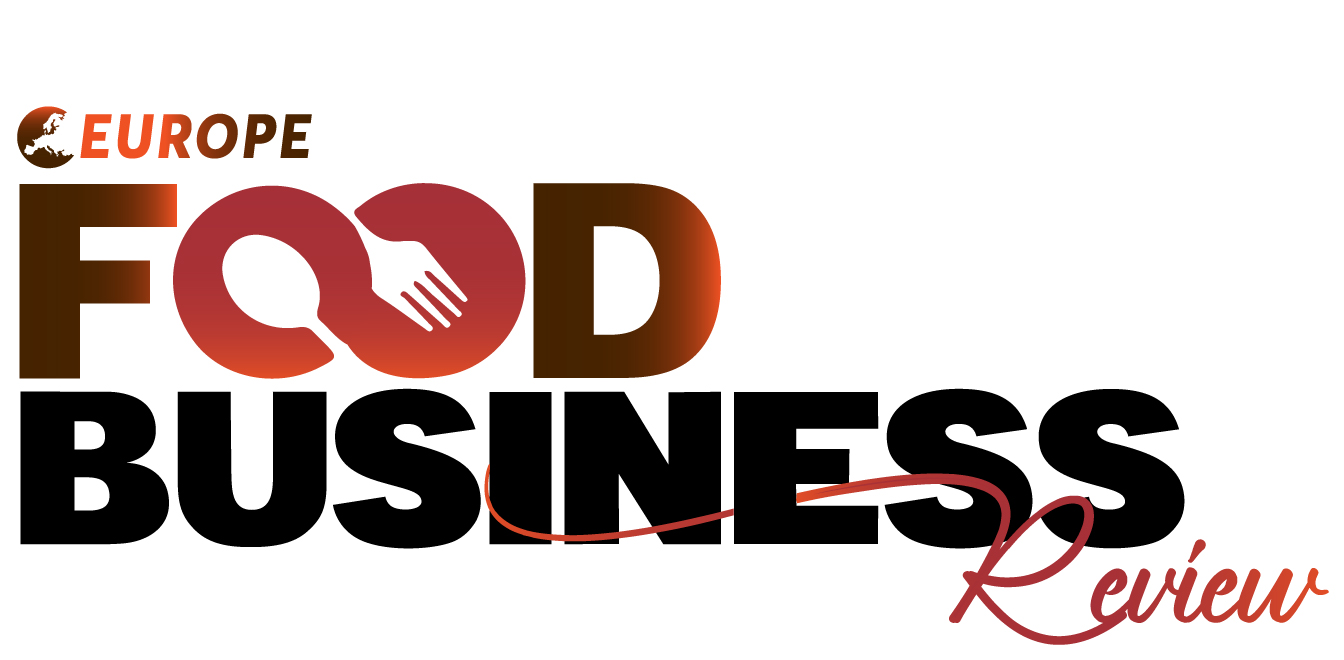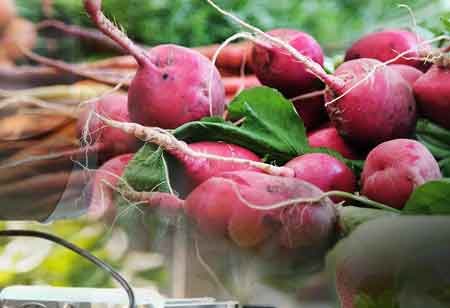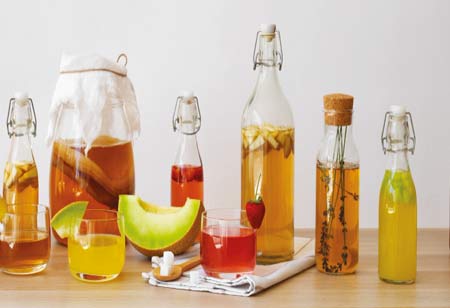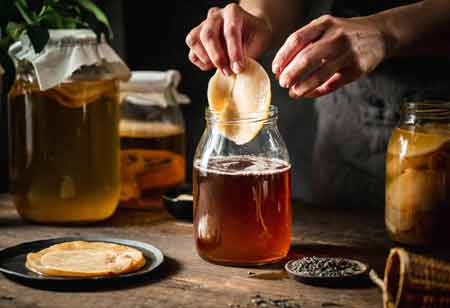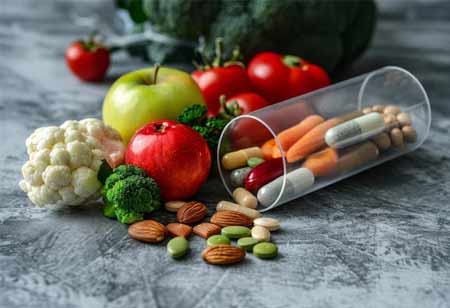Thank you for Subscribing to Food Business Review Weekly Brief
- Home
- Topics
- Alternative Proteins and Plant Based Food
- Beer and Wine
- Canned Beverages
- Coffee And Tea
- Food and Beverage Consulting
- Food and Beverage Financial Service
- Food And Beverages Marketing
- Food Distributors
- Food Ingredients
- Food Sustainability
- Plant Based Food and Beverages
- Seafood Suppliers
- Supplement Manufacturing
- Wine Investment
- News
- Vendor Viewpoint
- CXO Insights
- Conferences
- Newsletter
- CXO Awards
-
The European Fruit Juice Market: Growth, Innovation, and Consumer Trends
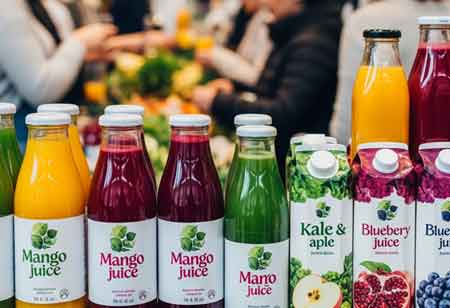
By
Food Business Review | Friday, May 30, 2025
Stay ahead of the industry with exclusive feature stories on the top companies, expert insights and the latest news delivered straight to your inbox. Subscribe today.

The European fruit juice industry is characterised by significant market value and a rich tapestry of diverse product offerings. The market is projected to reach $47.44 billion by 2030, exhibiting a steady compound annual growth rate (CAGR) of approximately 4 per cent. This growth is underpinned by shifting consumer preferences and the industry's adaptability, offering a plethora of opportunities for stakeholders.
Market Landscape and Product Categories
At the forefront are 100% fruit juices, which continue to dominate the market. Orange juice holds the largest share, accounting for around 24 per cent of the market, followed by juice mixtures (21 per cent), apple juice (15 per cent), and grape juice (8 per cent). Beyond these popular choices, the market also includes fruit purées and concentrated fruit purées, which are used in the production of specific juices, such as strawberry, peach, and apricot.
A significant trend in the market is the growing popularity of juice drinks, which typically contain up to 24 per cent juice content. These are increasingly tailored to health-conscious consumers. The market also sees a clear distinction between "Not From Concentrate" (NFC) juices, valued for their freshness and perceived higher nutritional value, and "From Concentrate" options, which offer convenience and longer shelf life.
Consumer Preferences and Consumption Patterns
There's a pronounced shift towards healthier choices, with a significant portion of adults actively seeking to reduce their sugar intake. This fuels demand for 100% juices, and increasingly, for reduced-sugar or unsweetened variants. The latest amendments to EU directives, such as Directive (EU) 2024/1438, introduce categories like "reduced-sugar fruit juice," which reflects and supports this consumer demand.
Consumers are also becoming increasingly informed, scrutinising ingredient labels and prioritising products that are high in vitamins, minerals, and antioxidants. This has led to a surge in demand for functional juices, often fortified with additional vitamins, prebiotics, or adaptogens, offering benefits beyond basic refreshment. Taste preferences remain crucial, but they are increasingly intertwined with health attributes. While consumption patterns vary across age groups, with adults consuming around one 150ml glass per day, and slightly lower intakes for children and teenagers, fruit juice remains a notable contributor to micronutrient intake, particularly Vitamin C, folate, and potassium. The convenience of "on-the-go" juice consumption formats is also gaining momentum, catering to the fast-paced lifestyles of consumers.
Innovation and Product Development
Manufacturers are continually exploring new product formulations to meet the demand for healthier options. This includes the development of juices with novel and diverse flavour profiles, often incorporating botanicals or upcycled ingredients to address both taste and sustainability concerns. Technological advancements, such as high-pressure processing and cold-pressed techniques, are also playing a significant role in product innovation, enabling the production of juices that preserve the nutritional integrity and fresh taste while extending shelf life.
Processing technologies are also seeing significant advancements. High-pressure processing (HPP) and cold-pressed techniques are gaining popularity as non-thermal methods that preserve the nutritional integrity and fresh taste of juices while extending their shelf life. Aseptic packaging also plays a crucial role in maintaining product quality and extending shelf life, eliminating the need for refrigeration. These innovations reflect a commitment to delivering products that meet consumer expectations for freshness, naturalness, and convenience.
Sustainability and Sourcing
Sustainability has emerged as a paramount concern across the European food industry, and the fruit juice sector is not only following suit but also leading the charge. There is a growing emphasis on environmentally and socially responsible practices throughout the entire supply chain, from farm to packaging. Initiatives such as the Sustainable Juice Platform (SJP) bring together stakeholders to collectively improve the environmental and social footprint of juice production and delivery, with a stated goal of achieving 100% sustainable sourcing by 2030. This commitment to sustainability bodes well for the industry's future.
This commitment to sustainability manifests in various ways. Manufacturers are increasingly focusing on utilising plant-based ingredients and adopting eco-friendly and recyclable packaging solutions, including PET bottles, which the EU mandates to incorporate a minimum of 25% recycled plastic by 2025. Glass bottles are also gaining traction due to their perceived premium quality and superior recyclability. Furthermore, there is a growing interest in regenerative farming initiatives and efforts to reduce food waste by utilising fruit and vegetable by-products in juice production.
Economic Dynamics and Trade
Economically, the European fruit juice market is robust, with significant import and export activities. Europe is a substantial importer of fruit juices, particularly from developing countries, which account for an increasing share of the processed fruit and vegetable trade. Key importing countries include Germany, the Netherlands, France, the United Kingdom, Spain, and Italy. Orange juice, along with tropical fruit purées and concentrates, is a significant imported commodity. However, with the UK's exit from the EU, there might be changes in trade dynamics and regulations, potentially impacting the market. The industry contributes significantly to agricultural value chains within Europe, with millions of hectares dedicated to fruit cultivation, primarily apples, pears, and stone fruits. While European production plays a role, a substantial portion of the fruit juice consumed in Europe is derived from imported concentrates and raw materials, underscoring the interconnectedness of the global supply chain. The growth in private label products also highlights the competitive nature of the market and consumer price sensitivity.
The future of the European fruit juice market is expected to continue growing, driven by innovations in functional juices, flavour diversification, and advanced processing techniques. The emphasis on reduced sugar content and transparent labelling will remain central to product development and marketing strategies. Furthermore, the industry's commitment to sustainability, from sourcing raw materials to packaging, will deepen, aligning with broader environmental goals and consumer expectations. As lifestyles evolve and health awareness continues to rise, fruit juice manufacturers in Europe are well-positioned to adapt and grow by delivering innovative, nutritious, and responsible products to the discerning European consumer.
